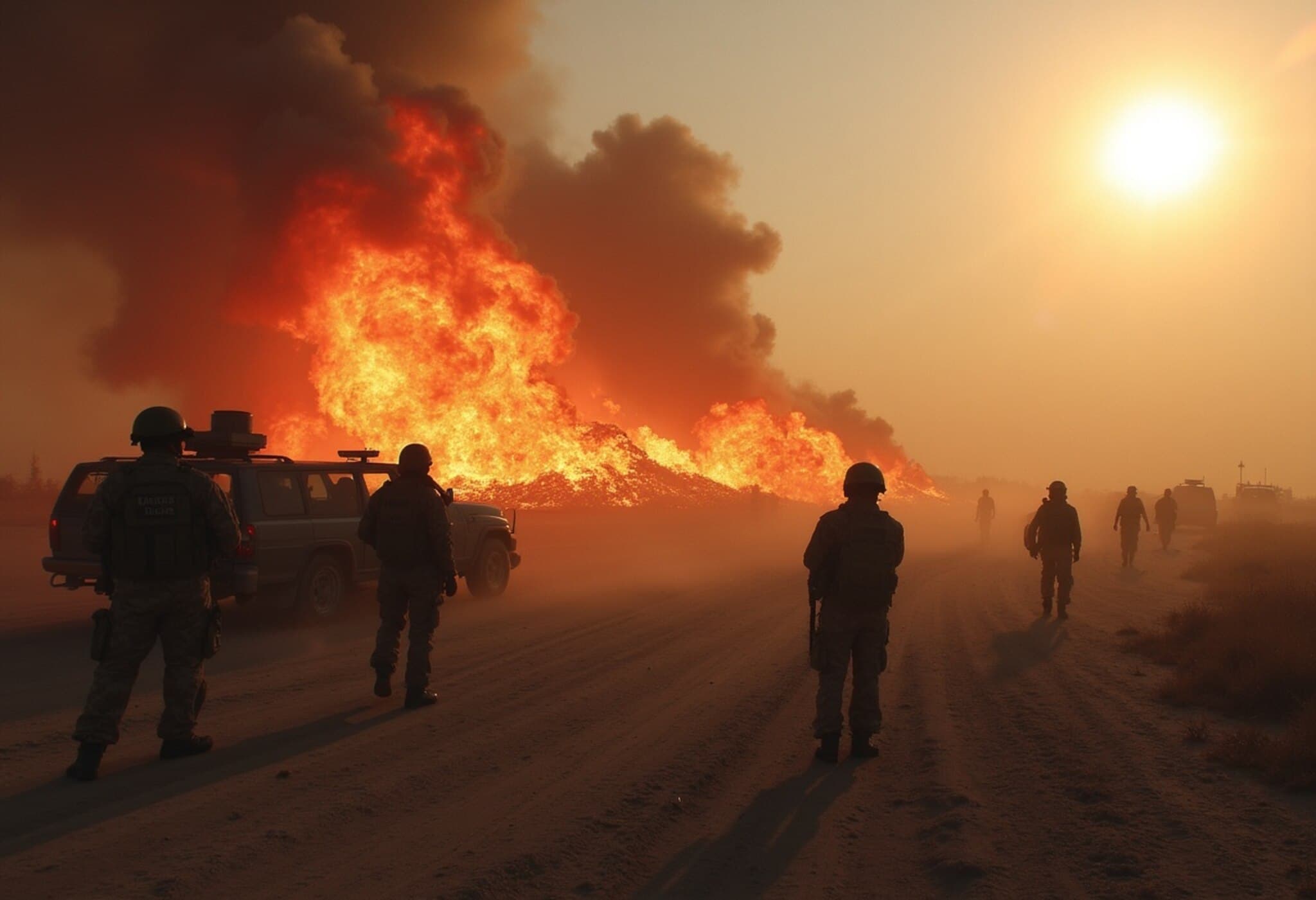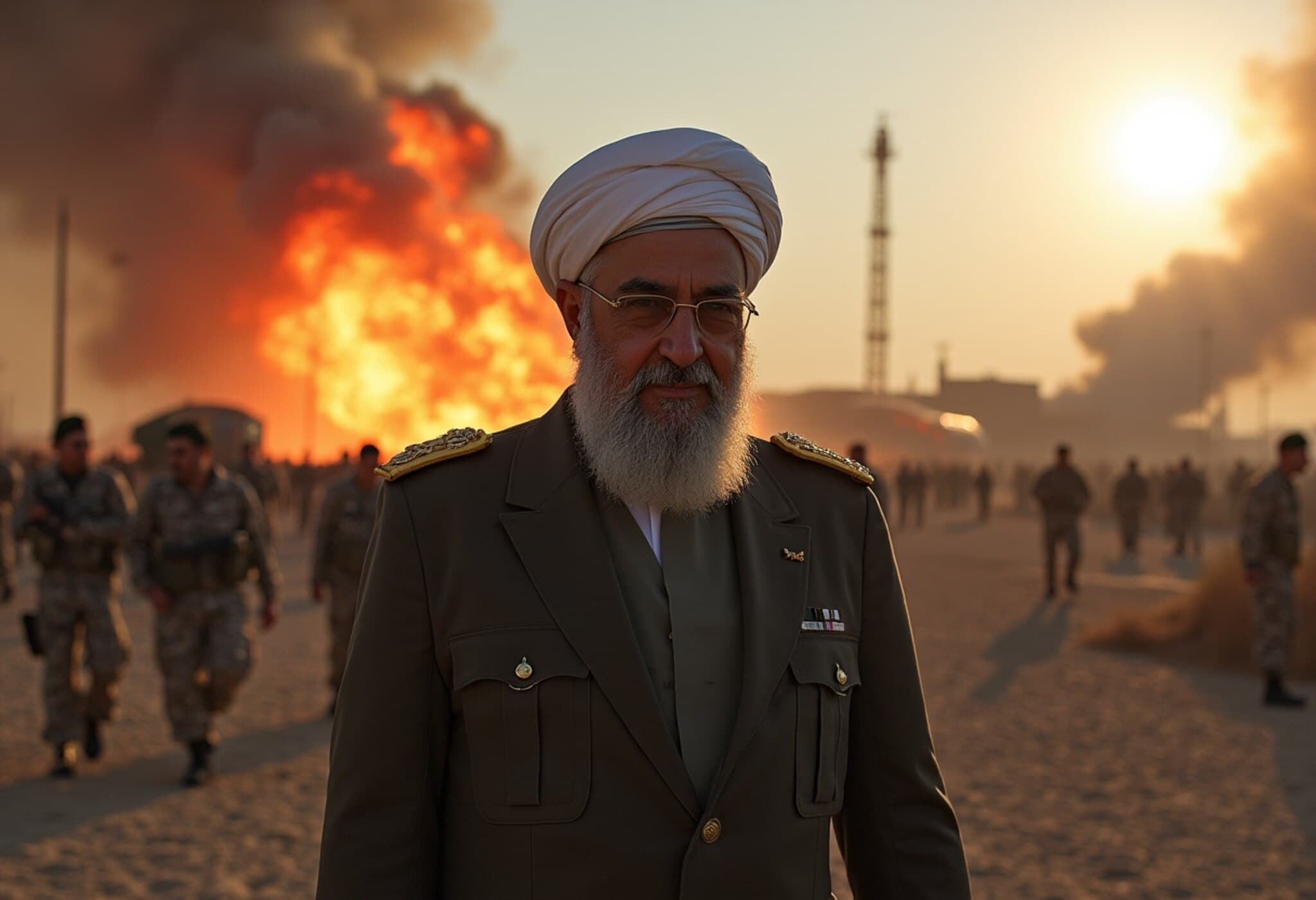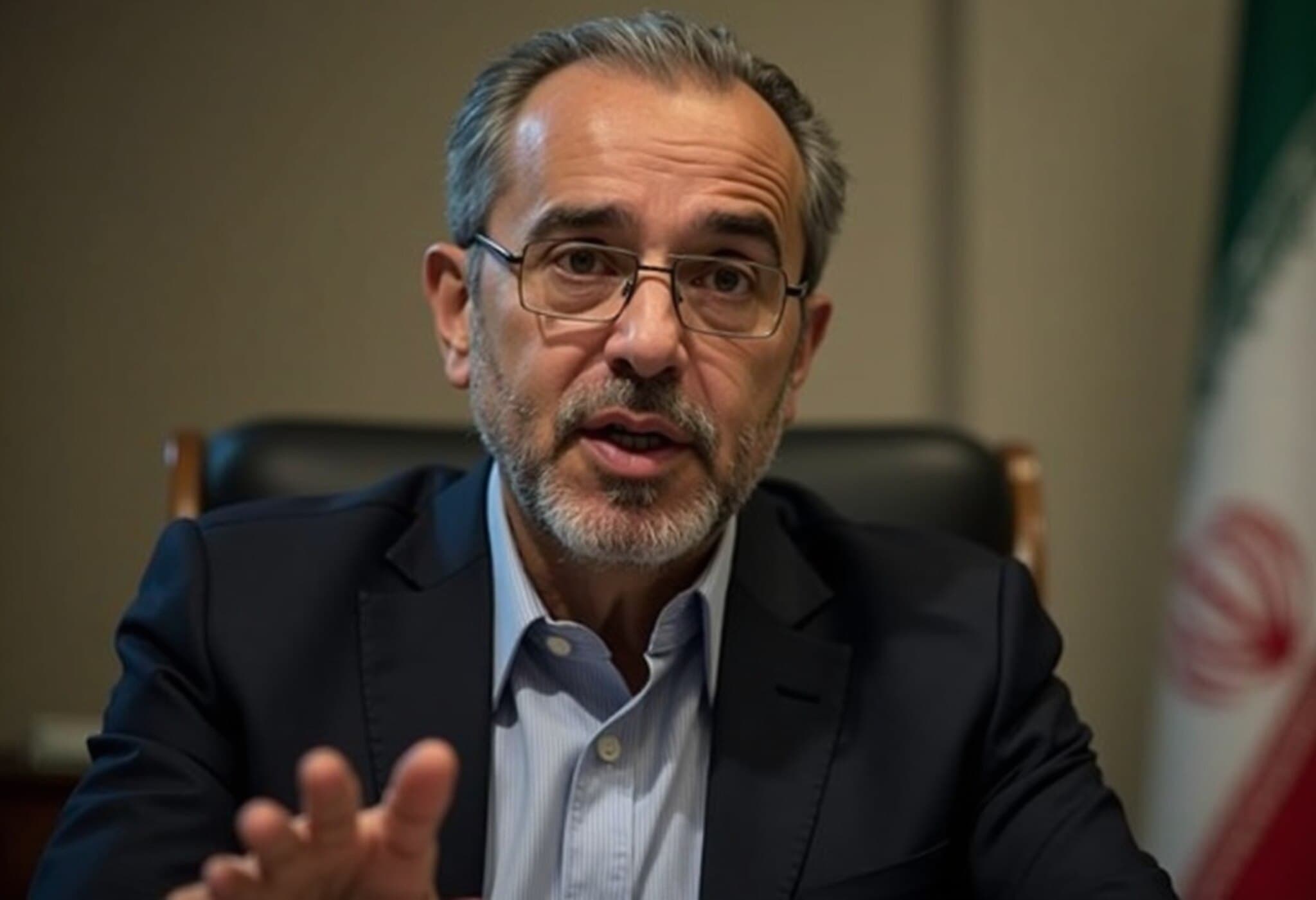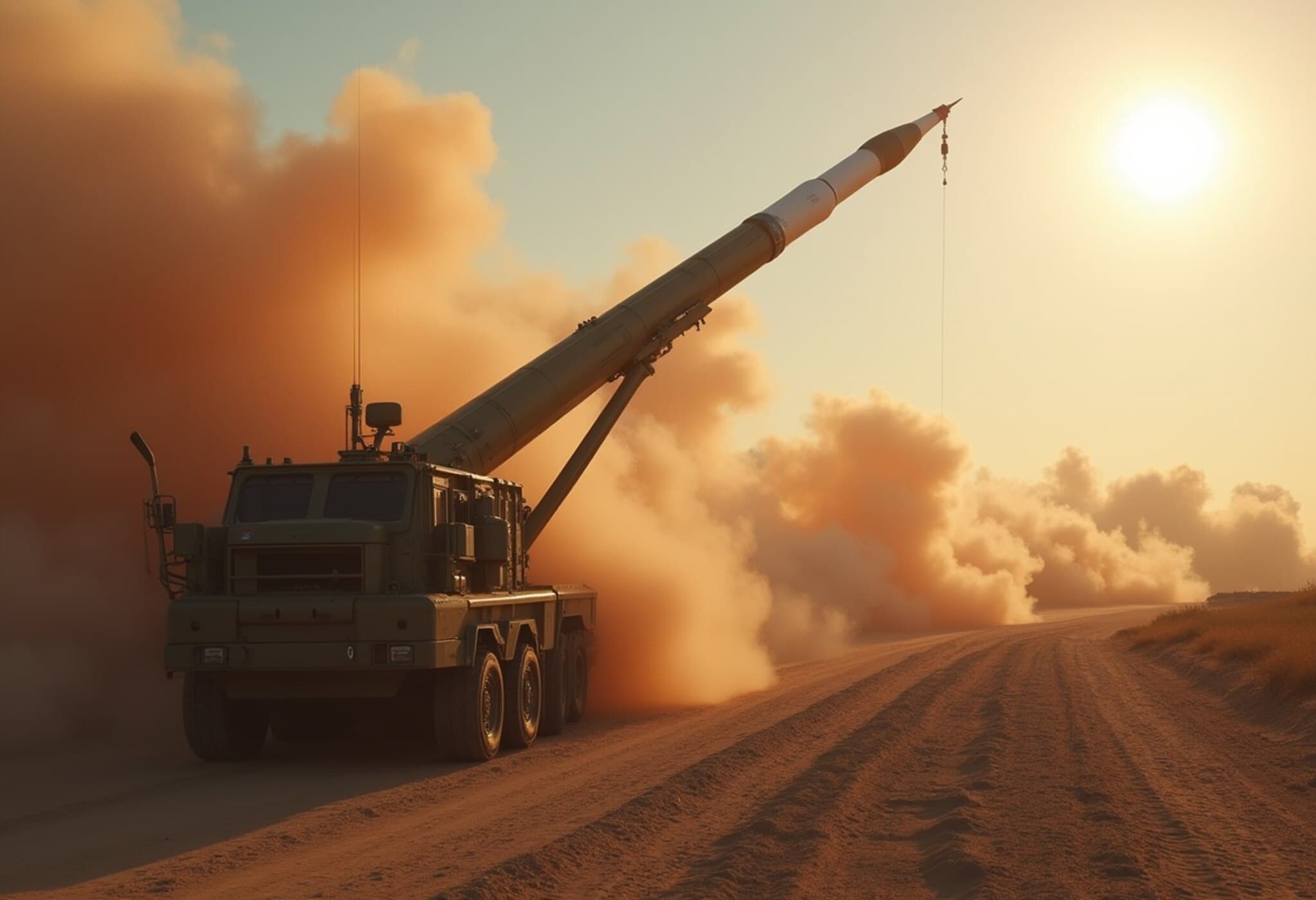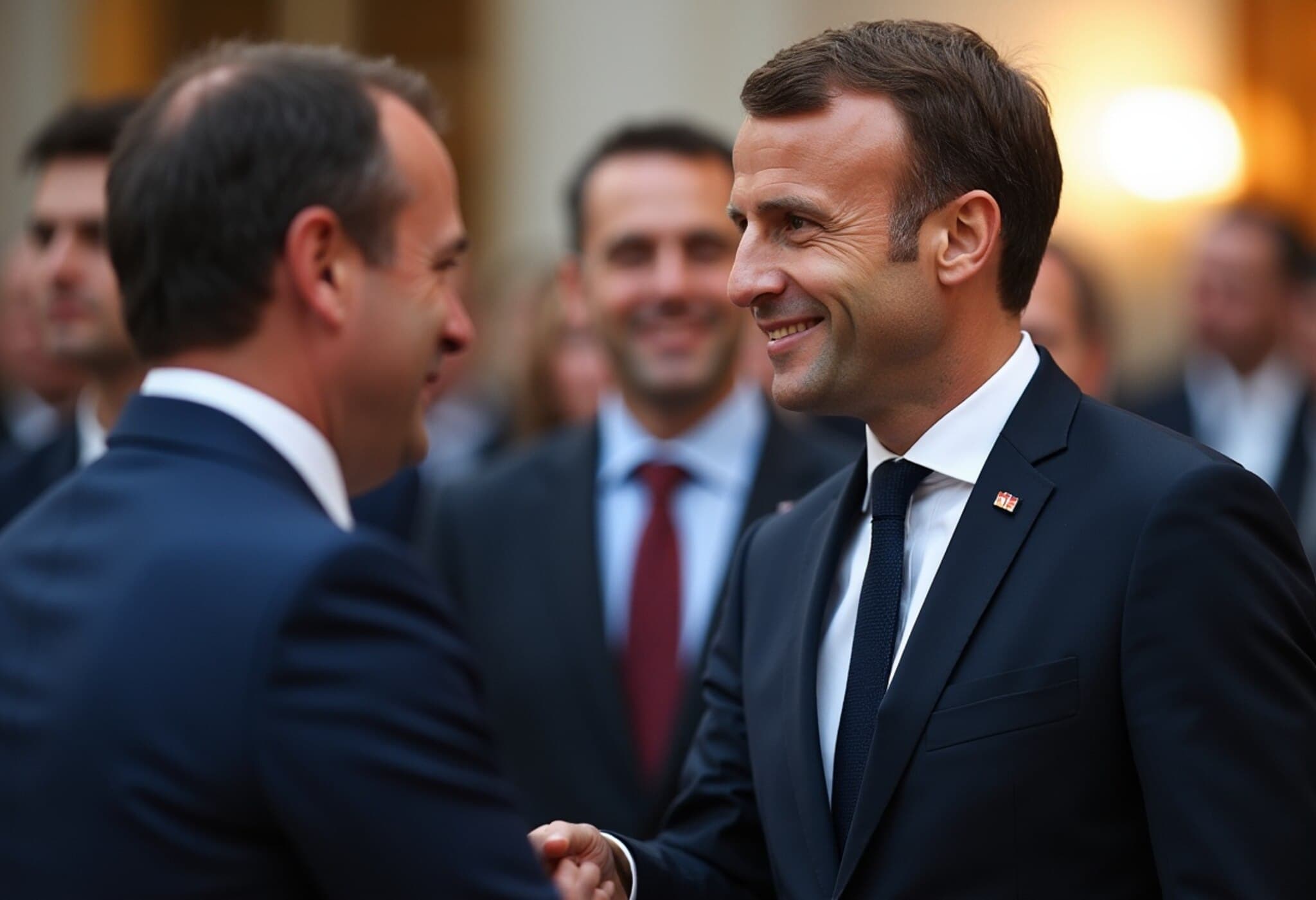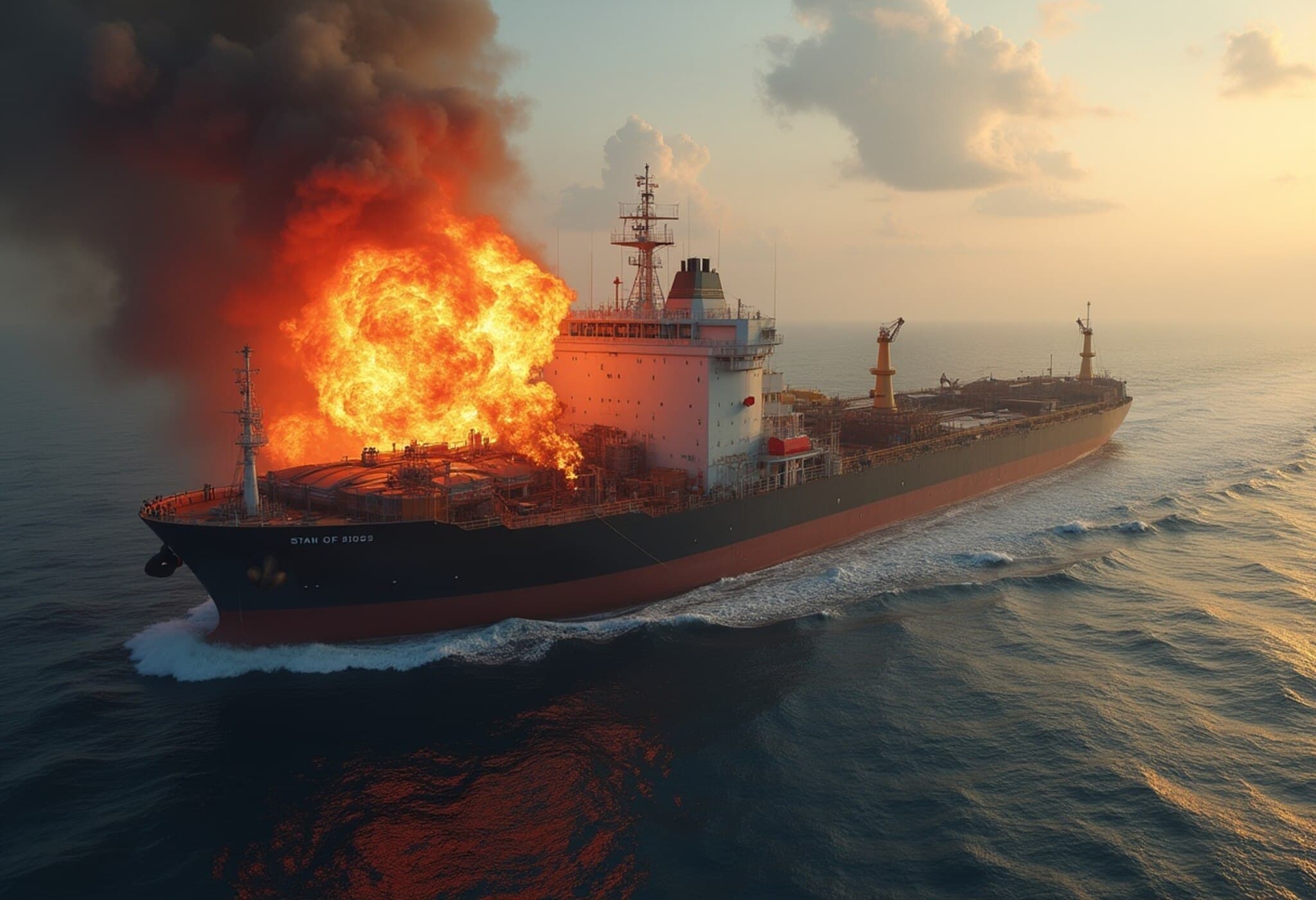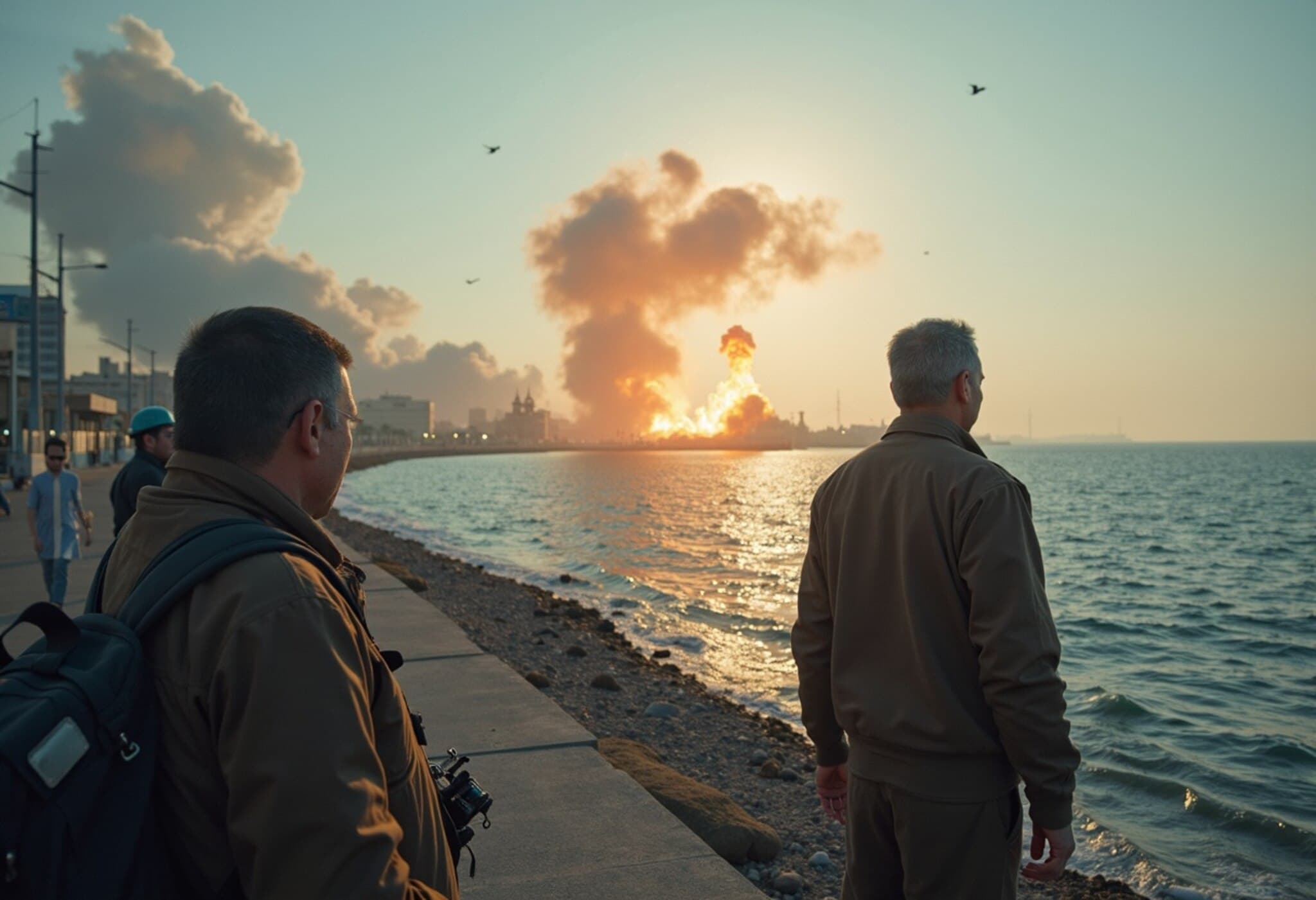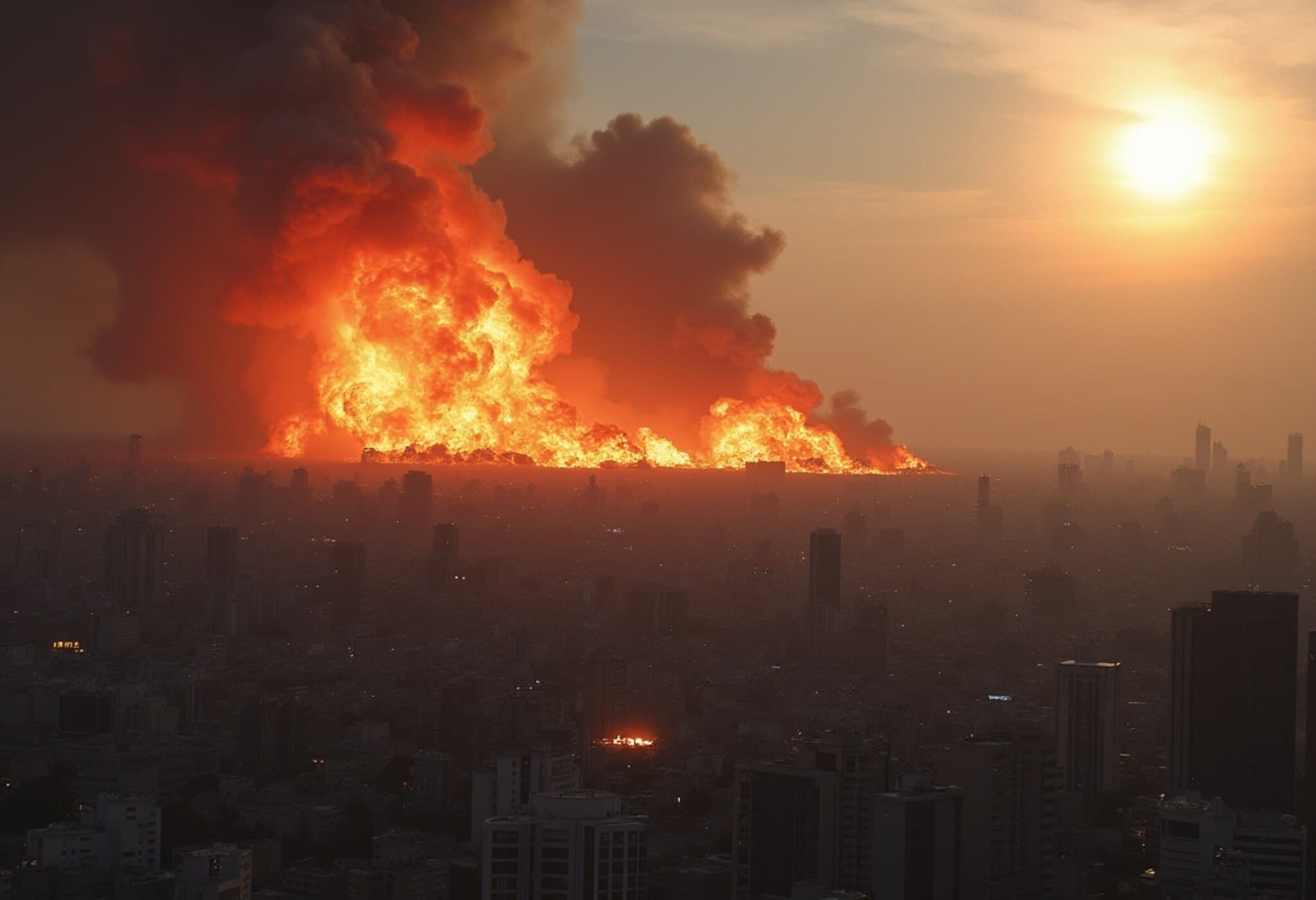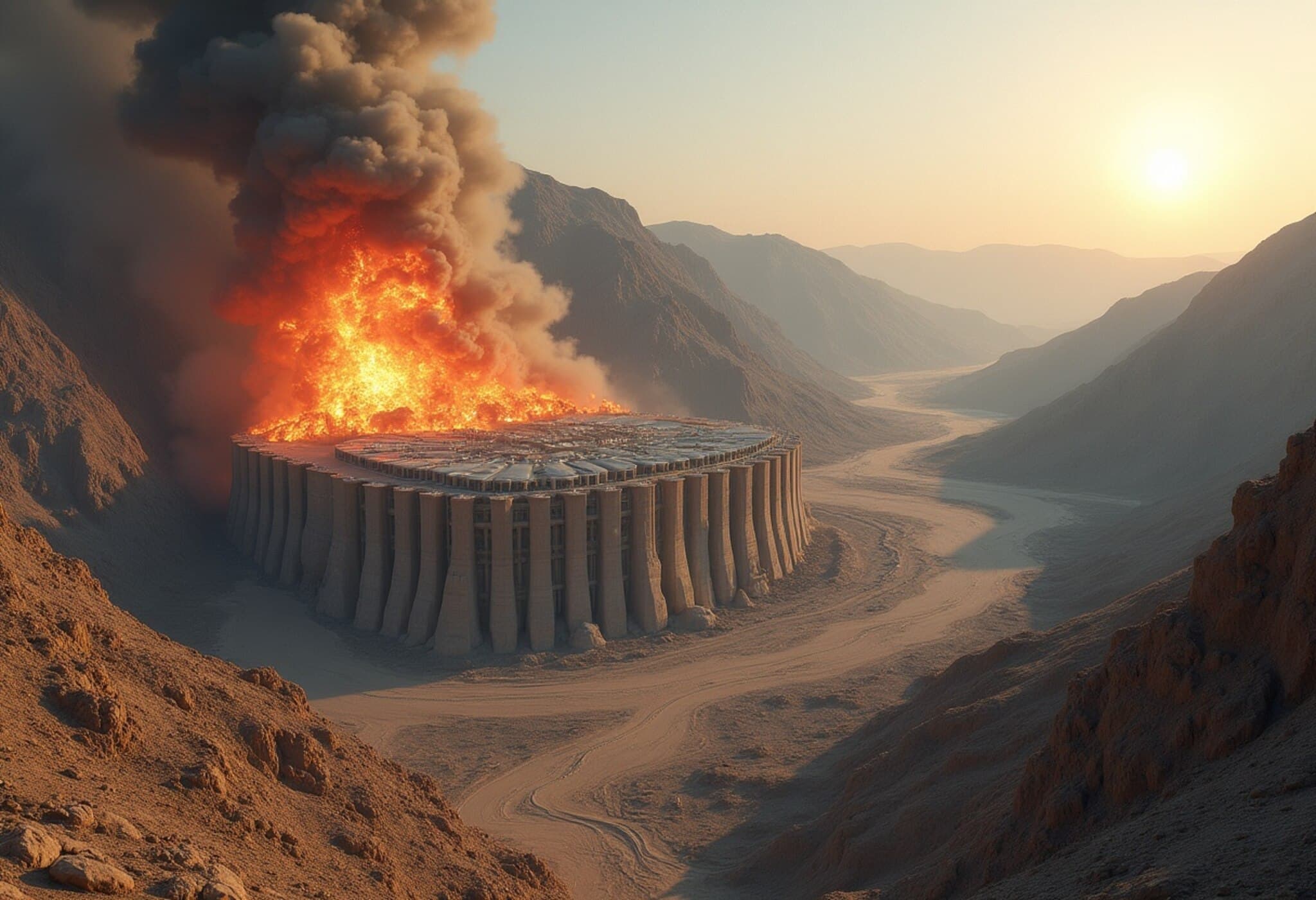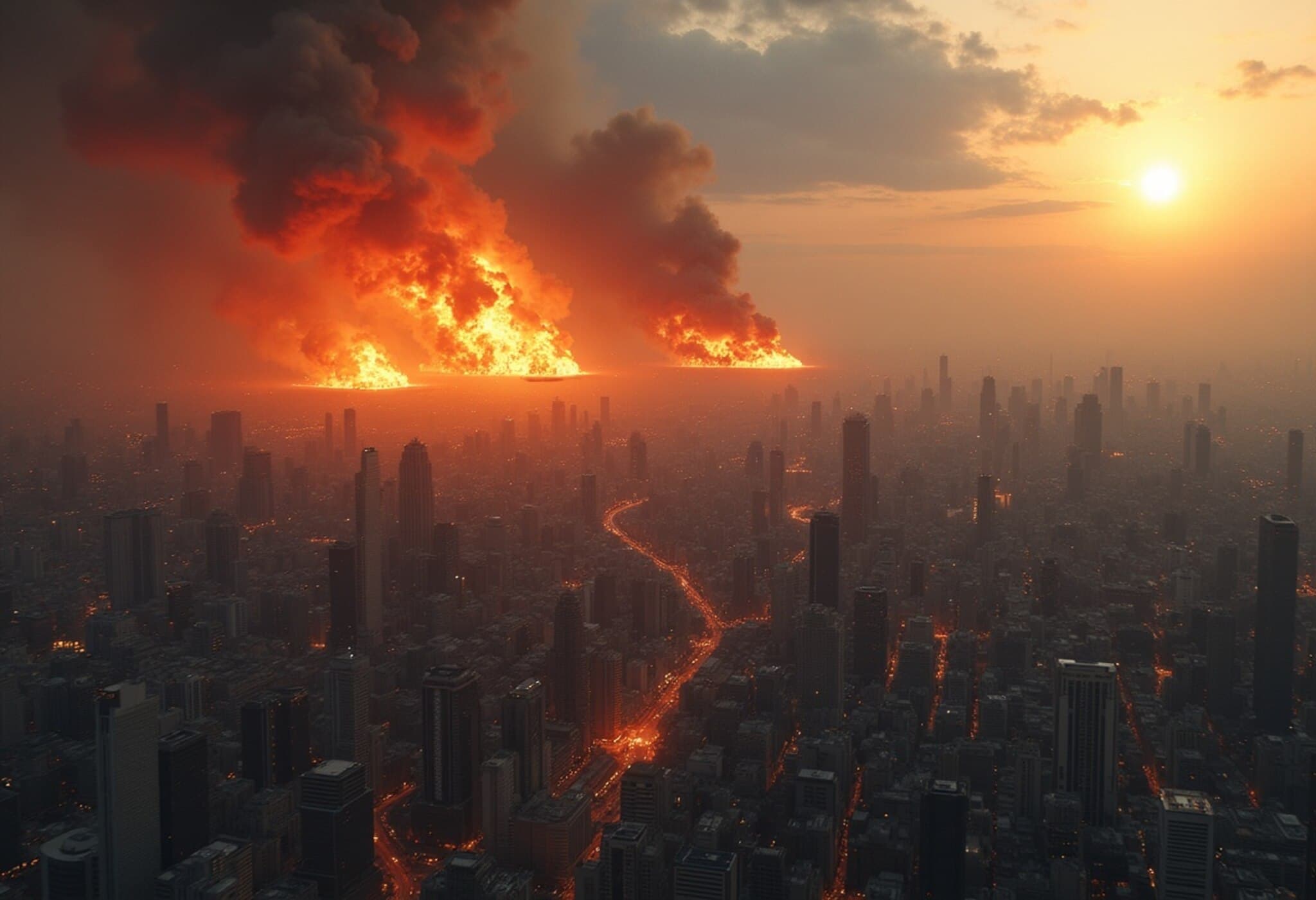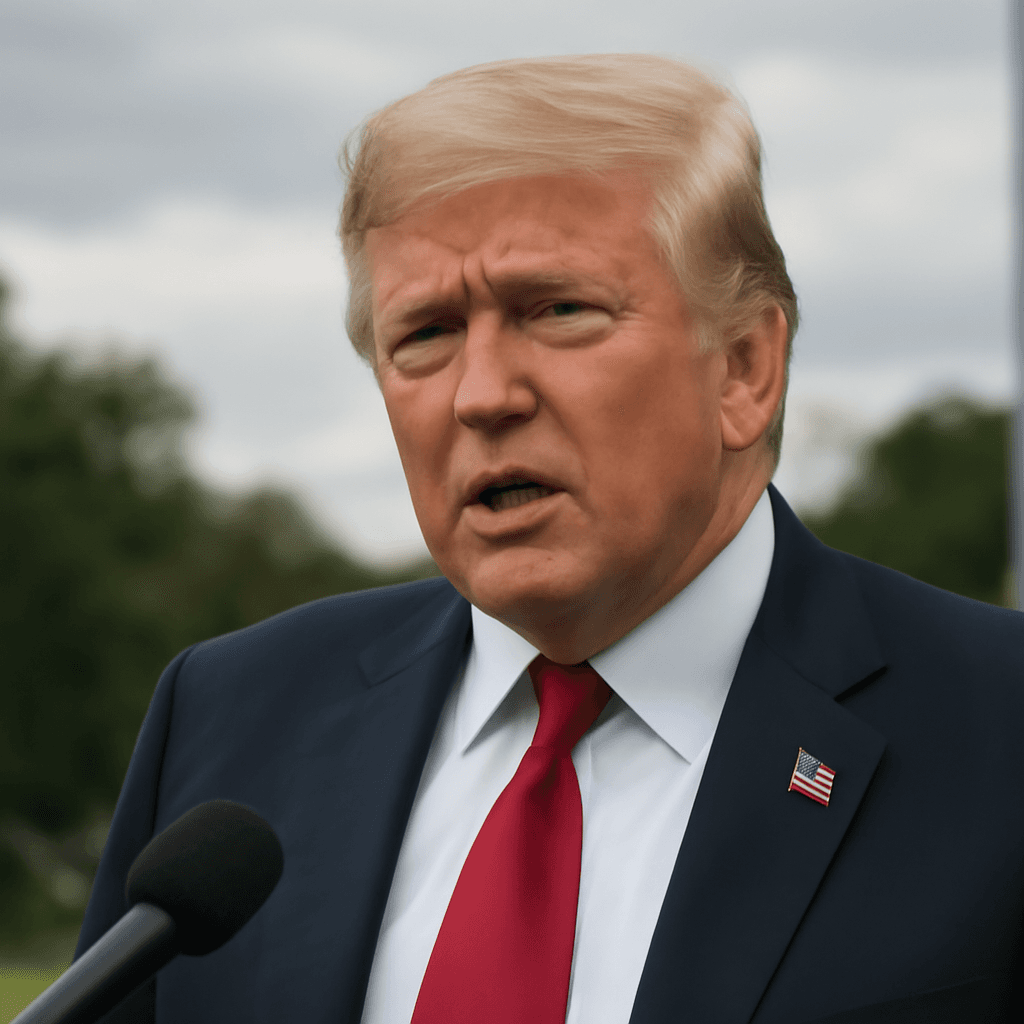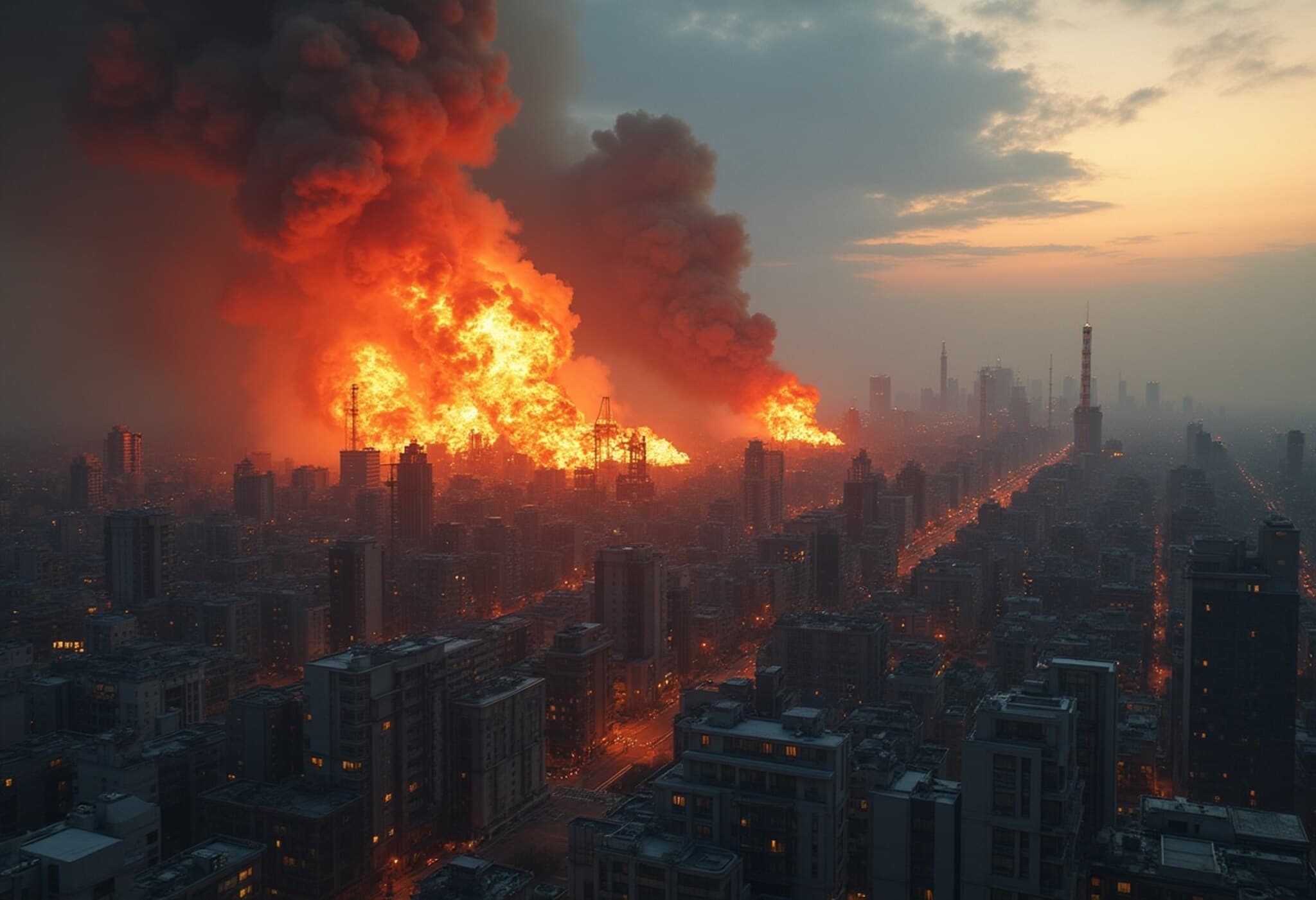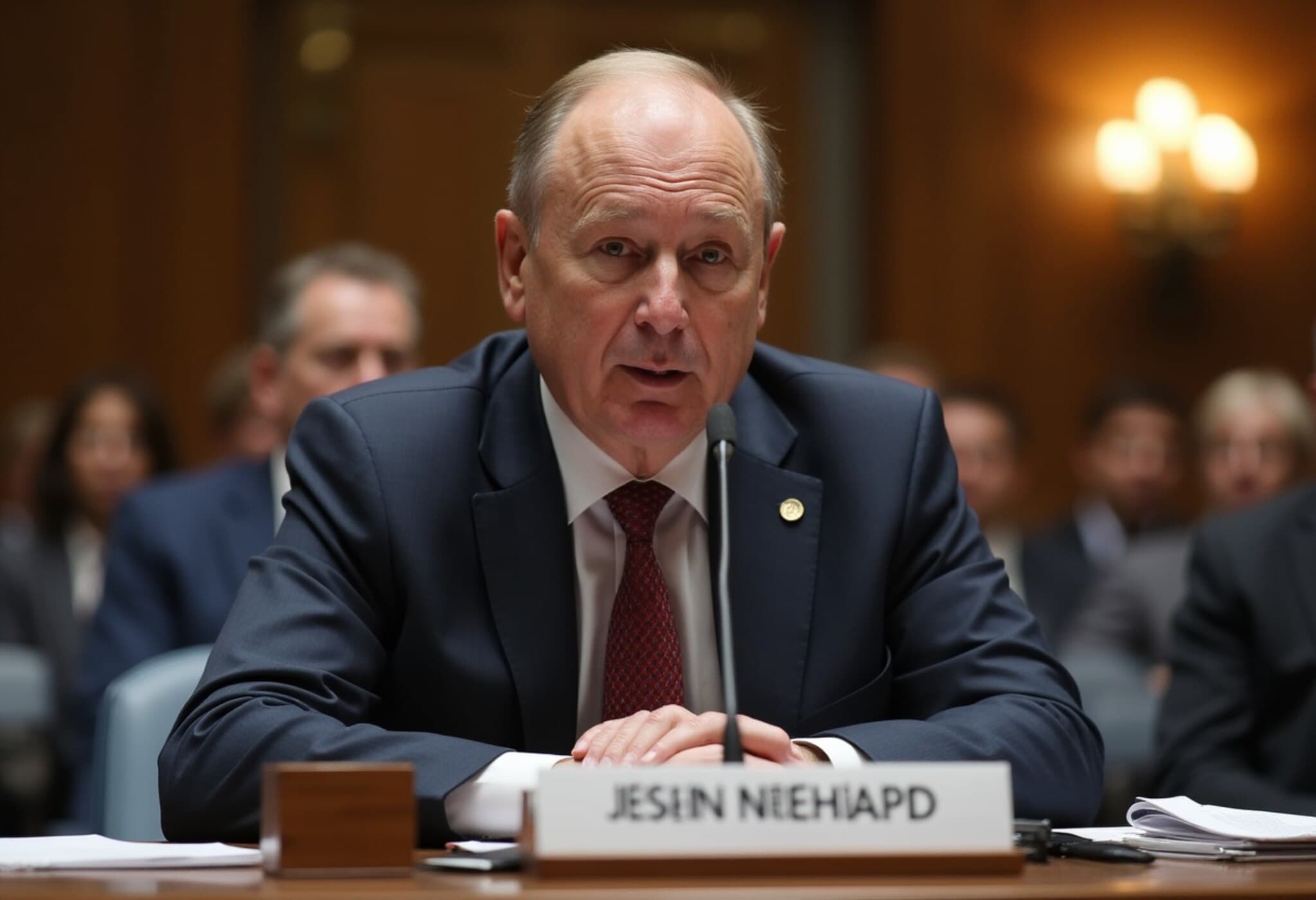US-Iran Tensions Escalate After US Strikes Iranian Nuclear Sites
In a dramatic escalation, the United States recently struck and obliterated three Iranian nuclear facilities, prompting Tehran to pledge a proportionate response. While the US hailed the strikes as decisive military successes, the global community watches anxiously as Iran contemplates its next move.
Tehran's Strategic Dilemma: Retaliate Without Triggering War
Iran faces a complex balancing act: delivering a response credible enough to uphold national pride and deterrence, yet restrained enough to avoid spiraling into a full-scale regional conflict. Tehran has vowed to defend its sovereignty by all necessary means, with plans reportedly under military control. As Iran’s UN envoy stated, the timing and scope of retaliation will be determined carefully by Iranian forces.
Possibility of Targeted Strikes on US Bases
Drawing on experience from previous confrontations, such as the missile attacks on US forces following General Qassem Soleimani’s killing, Iran may pursue calibrated strikes on US military bases across the Middle East. Analysts estimate Tehran still retains approximately 1,500 missiles, with an inventory of around 20 identified US installations, including sites in Iraq and Syria. Proxy groups, like the Houthis in Yemen, could also be mobilized to launch asymmetric attacks, allowing Iran to maintain plausible deniability while signaling its resolve.
Economic Pressure via the Strait of Hormuz
The Strait of Hormuz represents a vital artery for global oil supply, with nearly a third of the world’s petroleum passing through its waters. Iran might leverage this chokepoint by deploying sea mines or fast-attack vessels to disrupt maritime traffic, causing oil price volatility and economic strain internationally. Such tactics have been used historically as a form of indirect economic leverage.
Cyber Warfare: A Quiet But Potent Threat
Alongside physical strikes, cyberattacks form a central pillar of Iran’s defensive toolkit. Having developed advanced cyber capabilities, Iran is capable of targeting critical US infrastructure and commercial networks to inflict significant damage without triggering immediate kinetic retaliation. Experts warn the response could be swift and multi-layered, with hacks designed to destabilize networks and create uncertainty.
Internal Debates: Delay, De-escalate, or Escalate?
Within Iran’s leadership, discussions continue over whether to respond immediately or adopt a more measured approach. Some argue for holding off retaliation until US forces are less alert or striking more symbolic targets like diplomatic missions abroad. However, silence or inaction carries risks of eroding domestic legitimacy and emboldening adversaries. Conservative analysts emphasize that failing to respond might invite further US aggression.
Potential Shift Toward Nuclear Ambitions
One of the most significant concerns is that these attacks may push Iran closer toward developing a nuclear deterrent. Experts suggest that Iran might withdraw from international agreements restricting its nuclear program and expel inspectors, effectively ending global oversight. Despite reassurances of no detected radiation leaks, fears persist that Iran’s enriched uranium stockpile is now concealed, marking a troubling step away from transparency.
Hardliners Gain Ground as Regional Stakes Rise
Many analysts foresee Iran's hardline factions gaining influence amid rising tensions. With Trump warning of further force if Iran escalates, Tehran’s options narrow between limited retaliation and risking a broader conflict. Historical precedents like previous attacks on US forces and overseas bombings demonstrate Iran’s willingness and capacity to fight back asymmetrically, including through proxy militias.
US Regional Posture and Reinforcement
The United States currently maintains over 40,000 troops across strategic locations such as Bahrain, Qatar, and Iraq. In response to rising tensions, Washington has bolstered military assets and evacuated non-essential diplomatic staff. US officials emphasize readiness for either peaceful resolution or escalation, with leaders warning of severe consequences if Iran continues its provocations.
Looking Ahead
As the world watches, Iran’s next steps carry profound implications for regional stability, global energy markets, and the future of nuclear nonproliferation. Whether Iran opts for a calculated show of force, economic disruption, or pivoting toward nuclear armament, the stage is set for a tense chapter in US-Iran relations.

